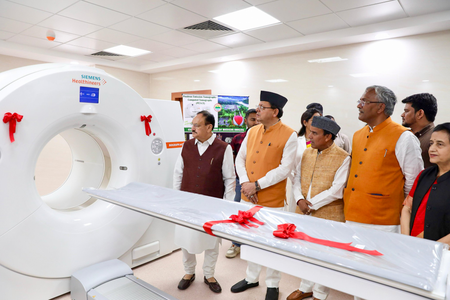New Delhi, 18 May (IANS). There is a continuous increase in medical expenses in the US, so more and more patients are moving abroad for cost -effective treatment options.
With this, the impact of the tariff can be seen on the medical tourism industry. This information was given in a latest report.
Recently there have been many major changes in the US trade policy, especially changes in relation to import duty on countries like China.
These policies are usually justified through economic and geopolitical views, but these policies also affect the medical device industry, especially medical tourism, including medical tourism.
According to a major data and analytics company Globaldeta, a major result will be to see what effect the tariff has on medical tourism.
Medical tourism means traveling to another country to get healthcare.
The US has imposed heavy tariffs on several medical products imported from China, including syringes, rubber medical and surgical gloves and face masks.
The report said, “These items are an integral part of many medical procedures and daily healthcare operations. Applying tariffs on such items has disrupted the supply chain, hospital procurement strategies have been banned and the cost of healthcare distribution across America has increased.”
In response to these rising costs, American people are constantly turning to medical tourism. Popular destinations include Mexico, India, Thailand and Costa Rica, which provide internationally recognized healthcare facilities.
For example, the average cost of knee replacement surgery in the US may exceed $ 50,000, but the same process can be done in India or Mexico for $ 8000–12,000.
US healthcare providers are facing an increase in operating costs due to tariffs. Particularly imported surgical instruments, diagnostic equipment and protective gear are increasing the price difference between domestic and international care, giving patients financial incentives to consider treatment abroad.
Alexandra Murdoch, senior medical analyst at Globaldata, said, “Although the tariff was not aimed at affecting healthcare, it affects the patient’s decisions. The increase in the cost of medical equipment leads to an increase in expensive treatment.”
American tariffs on medical imports are not only giving new looks to international trade relations, but also domestic healthcare economy. This directly results in an increase in the cost of medical care, which unevenly affects the insurance and low insurance population.
The major impact of price pressure is being seen as an increase in outbound medical tourism. Patients are looking for high-quality, cheap care in countries that are not affected by these tariffs. It is also becoming a trend, which can remain in the future also.
-IANS
SKT/AS









